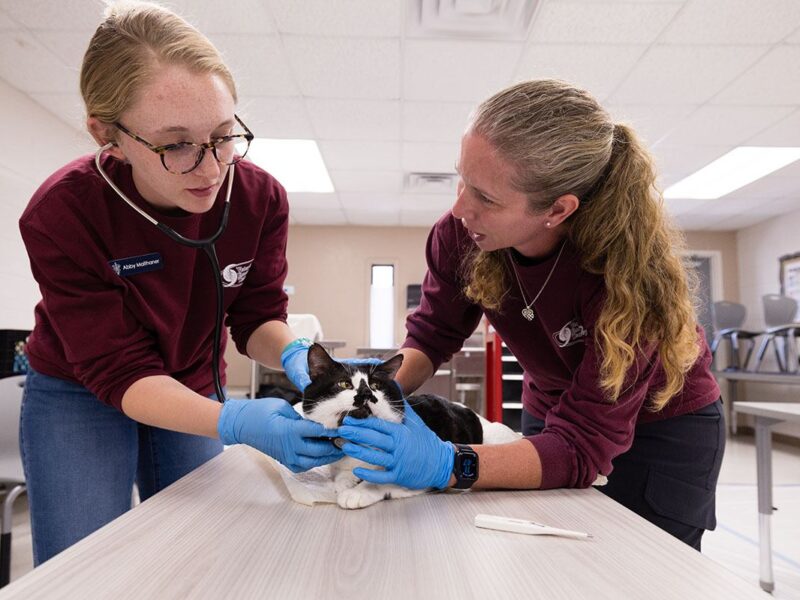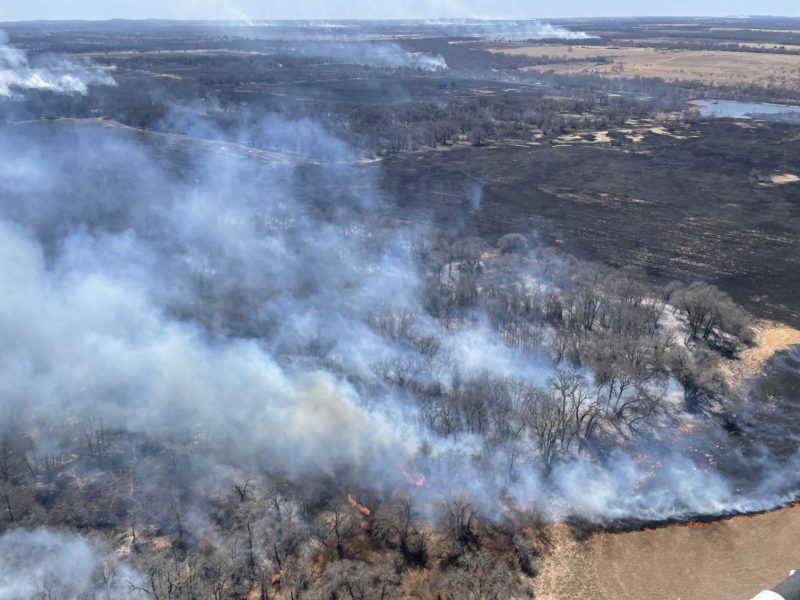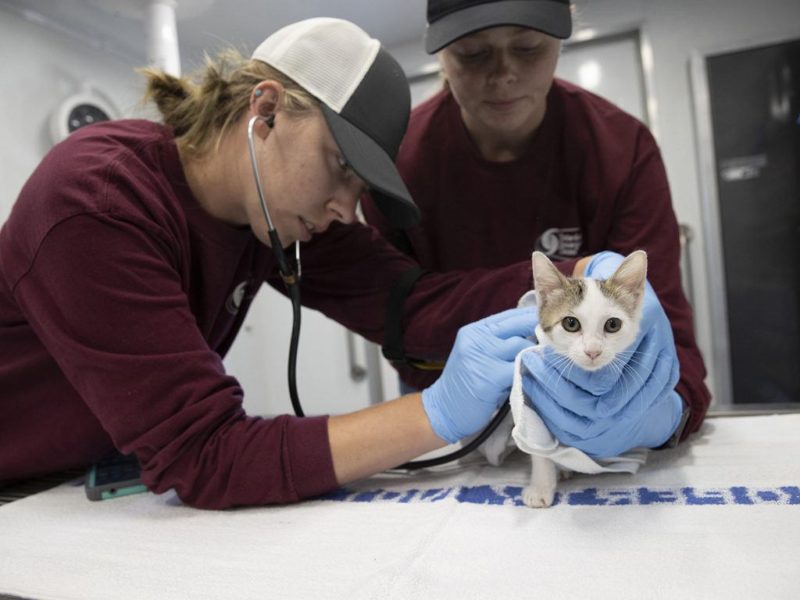Veterinary Emergency Team Returns From Hurricane Ian Deployment
The Texas A&M Veterinary Emergency Team (VET) has returned to Bryan-College Station from its latest mission that helped provide closure to survivors of Hurricane Ian, the deadliest storm to strike the state since 1935.
During the team’s deployment to Florida, which began on Oct. 4, the VET — assisted by Texas A&M AgriLife Extension Disaster Assessment and Recovery (DAR) agents — focused on providing veterinary medical support for all FEMA Urban Search and Rescue (USAR) Teams responding in Florida. The VET-DAR team was deployed when the USAR’s primary search efforts shifted to finding those who did not survive; the team provided care to 38 human remains (HR) search dogs attached to the 22 FEMA USAR teams, including Texas A&M Task Force 1.
“It is important to recognize our role in serving the people that were impacted by the hurricane,” said VET director Dr. Wesley Bissett. “I always say that our business is one of hope. In this case, it was also about closure and recovery. We kept the HR dogs working and finds were made so that families have answers and certainty. The certainty is obviously a sad one, but it does allow the survivors to not be left with questions that will never be answered and to begin the process of dealing with their grief. Our work is important for many reasons.”
Bissett noted that Dr. Debra Zoran’s early efforts within the USAR system were important to the success of the VET’s mission in Florida. Zoran has served as a member and veterinarian for Texas A&M Task Force 1 since 1997. The high-level of trust that Zoran has fostered between the USAR and the VET enables the two units to work better together, Bissett said.
Bissett also noted that the VET’s work during their Hurricane Ian mission came in waves. Their strike teams saw all of the dogs working each day, which resulted in a rush followed by down time while the dogs were out conducting searches.
On Oct. 8, the VET was located at Fort Myers Beach. County officials had developed a reopening plan that allowed home and business owners their first opportunity to see their property since the storm hit the area.
Bissett said the area was similar to Rockport post-Hurricane Harvey and prepared his team for what would turn out to be an emotional day for residents who were seeing the extent of the damage to their community for the first time.
“I suspect that many have been holding out some hope that all of the things that are so important to them may have miraculously survived,” Bissett informed his team on Oct. 8. “The vast majority will begin to confront the reality that this is not true. It is going to be a sad day. There are others who are still hoping that a missing loved one will be found. Our role is to keep the HR dogs working so that this may be possible and to ensure that those that should not be working are given time off so that they will be ready for the next disaster.”
While this was the VET’s first deployment to the East coast, it shared similarities to previous missions the VET completed closer to home. One example of this included the robust emergency management system developed under the Texas Division of Emergency Management.
Bissett pointed to the Florida Department of Agriculture Animal Supply Point that was set up in Arcadia, Florida, which provided a centrally located place to pick up supplies necessary for sustaining all species of animals.
“Texas A&M AgriLife Extension pioneered this approach in Hurricane Ike,” Bissett said. “It is now becoming a national standard.” The Texas A&M VET-DAR team was demobilized on Oct. 9, when USAR operations concluded and teams working the response began to demobilize. The VET-DAR team arrived back at the Texas A&M RELLIS Campus, the VET’s base of operations, on Oct. 12.
This article by Rachel Knight originally appeared on the School of Veterinary Medicine & Biomedical Sciences website.





